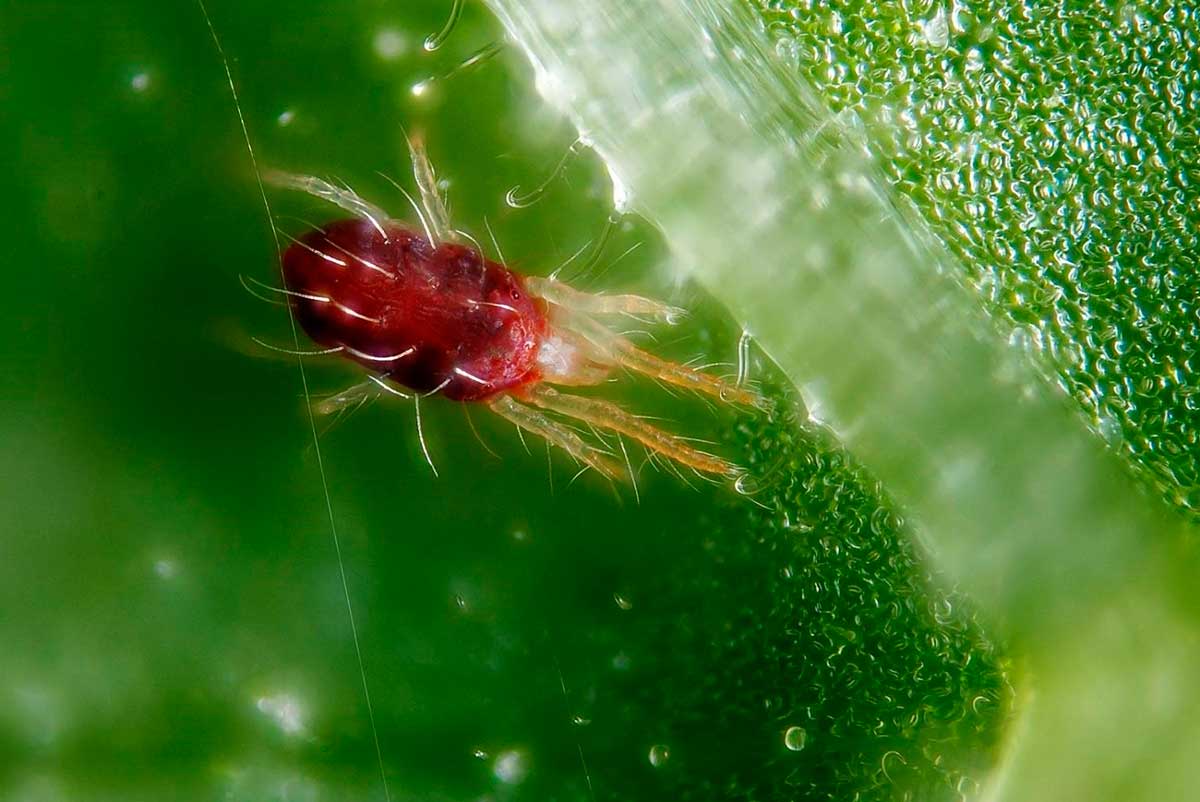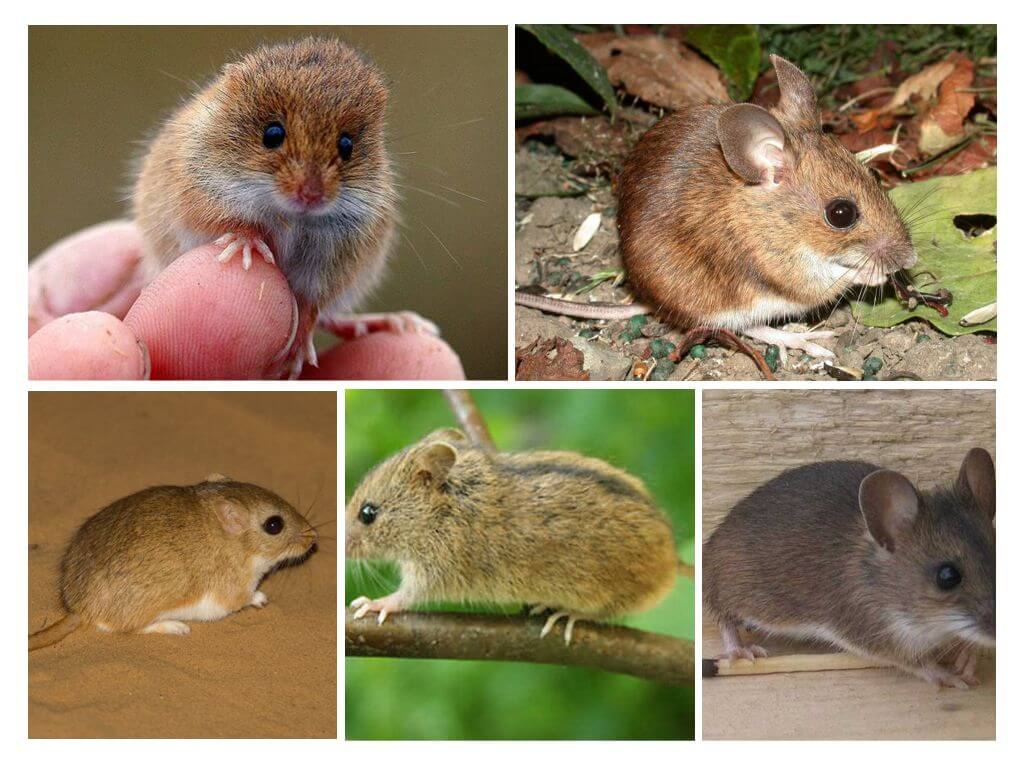Content:
Nutrient bulbs of a flowering plant, its stems, leaves and inflorescences are loved not only by rodents, but also by small pests - insects. Lilies are attractive and common plants, but to grow them successfully, you need to familiarize yourself with all agrotechnical rules and take into account the fact that they cause an unhealthy interest in insects.
For successful pest control, it is first of all necessary to correctly establish the "personality" of the pest and, on the basis of this, select a treatment.
Pests of lilies and the fight against them
It so happened that insects love to feast on all varieties of lily varieties. Today there are 15 main pests that affect lilies. In this case, one must take into account the fact that they can not only eat all the fragments of the plant, but also carry various diseases.
The most dangerous pests for lilies are presented below.
Red beetles on lilies
How to get rid of red bugs on lilies? This problem is quite common, it arises if the flower lover does not follow the rules of crop rotation in the flower bed and does not carry out preventive irrigation of the bushes.
Has alternative popular names:
- squeak beetle,
- bulbous rattle,
- lily beetle.
It is quite simple to find it due to its bright red color, the larvae are pink, covered with special protective mucus that inhibits the plants.
The main symptoms of damage are plant wilting; it is very easy to see insects and their larvae on the aboveground part of the culture.
Spider mite
A pest that drinks all the juices from the plant, due to which it withers.
The main symptoms of the lesion are the gradual drying of the bush, the leaves curl, and the buds fall off. If you look closely, you can contemplate cobweb threads, many white eggs and adults on the leaves.
Caterpillars on lilies
This is a real problem that can lead to the death of a plant.
The insect lives in the soil, and hibernates there. When the bush is affected, it literally begins to eat flowering shoots and bulbs.
The greatest damage is done in the rainy season and in areas where a large amount of weed grows, since butterfly eggs lay exclusively on weeds.
Rodents
How to protect lilies from rodents in the country? These questions are of concern to everyone, without exception, since rodents strongly affect the plant. As a rule, after such damage, it simply dies.
How to plant lilies so they don't get eaten by mice? There is one simple, but proven way - before planting the bulb, treat it with Vishnevsky's diluted ointment. By the way, such treatment at the same time protects the plant not only from rodents, but also from some insects and diseases.
Other pests
Less common lily lovers:
- The lily fly infects the unpainted lily buds. The defeat will become more pronounced when the entire inner part of the bud is eaten, and the fly calmly pupates in the soil.
- Colorado potato beetle - this insect lays its larvae on the back of the leaf plate, this happens from June to August. In the near future, young individuals hatch from the eggs, which infect all fragments of the aerial part of the lily.
- Slugs.Black slugs appeared on the lily - a picture, of course, not a pleasant one. Moreover, the plant soon begins to fade before our eyes. Mollusks are activated in rainy and humid weather, affecting all aerial parts of the plant. Getting rid of them is not easy, as fungicides and insecticides are effective against insects, but not molluscs.
- Thrips are dangerous because they suck out all the juices from crops. In their habitat, spots of a silvery color are always formed (this is perhaps one of the most obvious signs of damage). Further, insects penetrate into the buds, as a result, the latter, not having time to open, discolor and fall off. They overwinter in lily bulbs, if the air temperature does not drop below +10 degrees, then they remain active. Affected bulbs tend to have a dense red crust.
The methods of dealing with pests of lilies will be discussed later.
Treatment and prevention methods
Many growers are wondering how to treat lilies from diseases and pests. Fortunately, today there is a huge selection of specialty chemicals designed to combat them.
- The red beetle is fought with a solution of Karbofos (0.2%) or any other insecticidal preparation (for example, Decis, Intra-Vir).
- Spider mite control measures are limited to the use of a soap solution or Karbofos solution (0.2%). It is necessary to thoroughly irrigate the plant and its peri-stem circle with the solution, treating the leaves especially well.
- To combat the lily fly, the insecticidal preparations indicated above are also used.
- To get rid of the Colorado potato beetle and its cubs, it is recommended to treat the bushes and the soil around it with a solution of Karbofos (0.2%); alternatively, you can use other insecticides. With the onset of autumn, it is important to deeply dig the soil and mulch it with peat. The next year, before planting the bulbs in the soil, the flower bed is treated with Bazudin (disinfecting powder).
- To combat caterpillars, it is necessary to remove all weeds in a timely manner and carry out a deep digging of the soil every autumn. The plant and the soil are irrigated with insecticidal emulsions.
- It is recommended to use traps to fight slugs - this is the most reliable means. Making them is quite simple, you need to take small boards and immerse them in water so that they absorb moisture. Further, the prepared material is laid out near the lily bushes, a wet cloth is placed under the boards. Now traps must be checked daily, slugs collected and immediately destroyed. In dry weather, the soil near the plant can be treated with red pepper, ash and superphosphate. With regard to chemicals, Metaldehyde is effective.
- To combat aphids and thrips, concentrated insecticidal solutions or solutions of insecticidal plants are used, including the tops of potatoes and tobacco.
In general, the modern chemical industry offers many effective drugs that are quite capable of coping with any misfortune.
Preventive actions
It is much easier not to get rid of the problem, but to prevent it.
To protect lilies, tulips and other flowers in the flower bed, all preventive procedures described below should be followed:
- Before planting, the bulbs must be treated with disinfectants (for example, Prestige, Maxim).
- In addition, the planting material must be visually inspected - the bulbs must be moderately firm and elastic, there must be no traces of mechanical damage on the surface, as well as diseases and pests.
- Lilies are light-loving flowers, so the site should be well lit. Growing in partial shade conditions is possible, but it will not be possible to contemplate the lush flowering. Also, do not forget that many insects also prefer partial shade.
- Lily plantings in the garden should not be thickened. Otherwise, it will not be possible to avoid the development of fungal diseases, rotting of the root system and, accordingly, damage by pests.
- In autumn, during the digging of the bulbs, the procedure should be carried out with extreme care so that their integrity is not compromised.
- Lilies are moisture-loving crops, so the frequency and abundance of watering should be optimal. Watering is necessary at the root, in the early morning or late evening, using warm water.
- In the spring, after the first leaves bloom, the bush should be sprayed with copper oxychloride.
- During storage of the bulbs, it is necessary not only to strictly observe all storage rules, but also to examine them for the presence of pathologies. It is important that the room is well ventilated.
- Potash-phosphorus mineral fertilizers help prevent insect infestation.
- Compliance with crop rotation is an important factor in preventing the development of diseases and the appearance of pests.
- Between the rows, to scare away insects and rodents, it is recommended to plant marigolds and garlic.
- For the introduction of fertilizers into the soil, use only those mineral complexes that are intended specifically for lilies.
- Regular soil treatment with formalin is required.
- In autumn, all plant residues must be removed in a timely manner. It is recommended to burn them, and use the ash as fertilizer.
- After each work with the culture, it is necessary to disinfect the used equipment.
- In autumn, deep digging of the soil should be carried out.
Every agronomist should be aware that there are a large number of pests around who want to feast on lilies. It is more effective not to fight the problem, but to prevent it, but if the plant is affected, then in order to save it, one of the above methods of struggle must be used.















